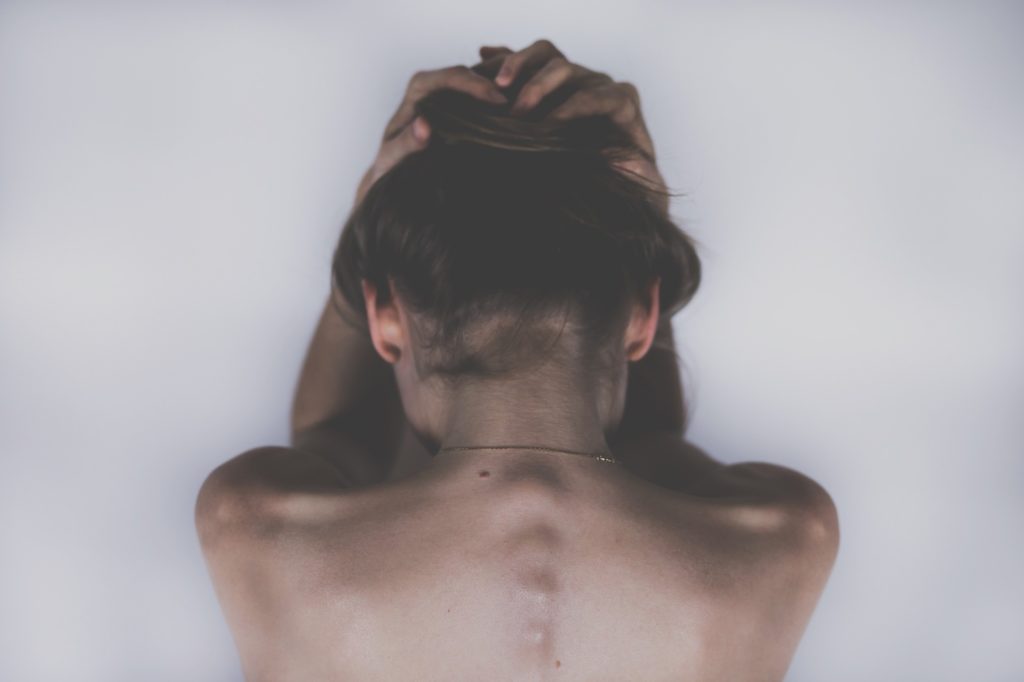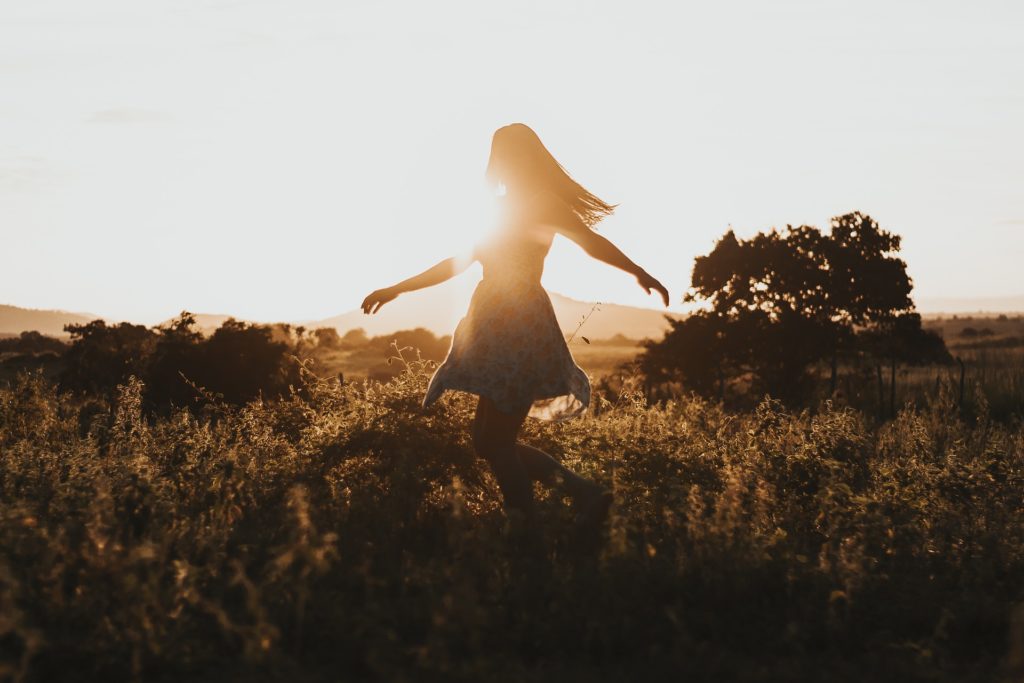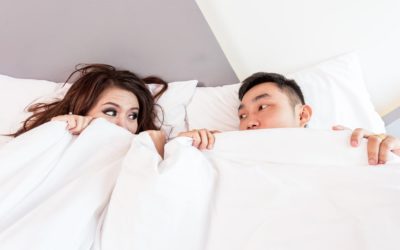There are limited form factor options for lights that treat SAD- traditionally most people use a very bright “light box” for periods of time through the winter months to supplement this lack of light and to mitigate any symptoms it may be causing. SAD symptoms include less energy, lack of motivation, depressions, and anxiety, amongst others.
What is SAD?

Seasonal affective disorder (SAD) is a type of depression that’s related to changes in seasons. SAD begins and ends at about the same times every year for most sufferers. SAD also predominantly affects those who live far north or south of the equator, as the seasonal changes resulting in shorter periods of sunlight occur most impactfully there. More often women are more susceptible than men, and children are the least susceptible. SAD most frequently occurs in younger adults rather than older ones and it is unclear why.
Seasonal Affective Disorder Side Effects
The effects of SAD closely mimic that of classic depression with some effects being more prevalent than others. These symptoms and effects are listed below.
● Low energy, sluggishness
● Lost interest in activities previously enjoyed
● Excessive sleep
● Over/under eating, weight gain/loss, appetite changes
● Difficulty concentrating
● Feeling hopeless, or worthless
● Thoughts of suicide
● Trouble sustaining sleep
● Increased anxiety or agitation
What is a SAD light?
The methodology of alleviating SAD’s symptoms is predicated around the idea of supplementing one’s loss of light exposure due to the seasonal change by purposefully spending time in front of something often referred to as a “light box”. This instrument is a box, generally the size of a small tv, that emits light. This light is thought to effectively supplement the seasonal loss of sunlight exposure.
How to Use a SAD Light
Typically, a SAD sufferer will often set their light box up in front of themselves for periods of time at a desk while they are working or relaxing. When using SAD light therapy, it’s recommended that your light source is kept somewhat close to you, however you should avoid positioning the light directly in front of your eyes. Instead position it at about 45 degrees to the right or left from your eyes.
This will avoid any possible eye strain while allowing you to receive proper exposure. Unfortunately, the traditional light box seems to have mixed reviews regarding effectiveness. This lack of results is most easily explained by the fact that more often than not many lightboxes are not actually set up to provide the correct spectrum of light which they are looking to supplement.
Lightbox Alternatives
BIOS lighting successfully identified this shortcoming and remedied their own product to serve the needs of those suffering from SAD and circadian disruption with their BIOS SkyView Table Lamp. This sleek lamp is the first wellness table lamp of its kind to merge beauty and science with patented BIOS SkyBlue circadian technology. Skyview cycles through four different modes; sunrise, daytime, sunset, and nighttime, this perfectly mimics the sun’s natural cycle and supports our circadian rhythm.
Not only can SAD sufferers find relief, but many discover further benefits and effects, such as alertness in the daytime, and at night, an easier time falling asleep. These positive effects are grounded in the science surrounding light’s effect on our circadian rhythm.
What to Look For in a Light Box
When you’re looking to purchase a light box to combat SAD, it’s important to bear in mind what you actually need from a light in order to do so. Light boxes to combat SAD should emit a blue spectrum light that mimics sunlight. This should be used for at least 20-40 minutes a day in the morning, but the longer you use it the better the results will be.
Other Ways to Alleviate SAD

For some there are multiple environmental and lifestyle impacts that may be contributing to SAD. Essentially, SAD is occurring due to a disruption in your body’s natural cycle. This cycle is greatly affected by what you eat, how you sleep, and what you do throughout the day.
These symptoms of SAD can be magnified most commonly by a lack of exercise, lack of socialization, poor home/workspace lighting, lack of sleep, and poor diet. So, it’s important to cover your bases when evaluating whether light therapy or using a lightbox is working to relieve your symptoms. By addressing these common agitators, especially our light exposure, we can treat and even prevent SAD from reoccurring.
FAQ
● What does SAD stand for and how common is it?
SAD stands for Seasonal Affective Disorder and is reported to affect up to 5% of adults worldwide for up to 40% of the year.
● Why is supplementing light in the winter months important?
Using a supplemental artificial light or a light box in the winter months can help boost your daytime light signals, and this increased exposure to light helps reinforce a good daytime circadian cue, sending clear timing signals to your biological clock which is responsible for a myriad of biological/hormonal processes associated with stress and mood.
● How do I know if I have SAD?
SAD symptoms can mirror many of depression’s symptoms. These include low energy, apathy, sadness, and lack of motivation or care; if you suspect you have SAD, contact a doctor for a formal diagnosis.
● When can I expect to feel results from treating SAD with light therapy?
Most people report feeling an improvement and alleviation of symptoms between days 3 and 5 of light therapy.
● Why do our bodies need blue light signals?
Research has shown that light is essential to help send timing information to our internal clock within our brain. Blue sky light signals are particularly effective for circadian health and provide important timing information our brain uses to tell our body what functions to perform and when. Blue sky light exposure supports our circadian health. This light is found in Human-Centric Lighting (HCL) and is missing from traditional lighting, which can negatively impact our sleep, alertness, mood, and brain function.


